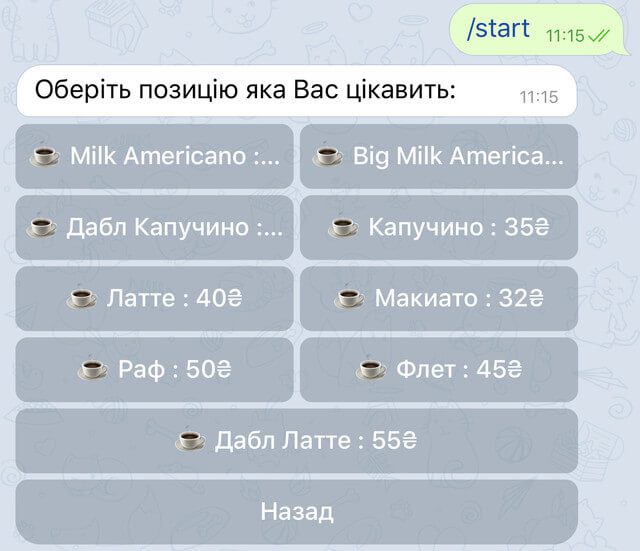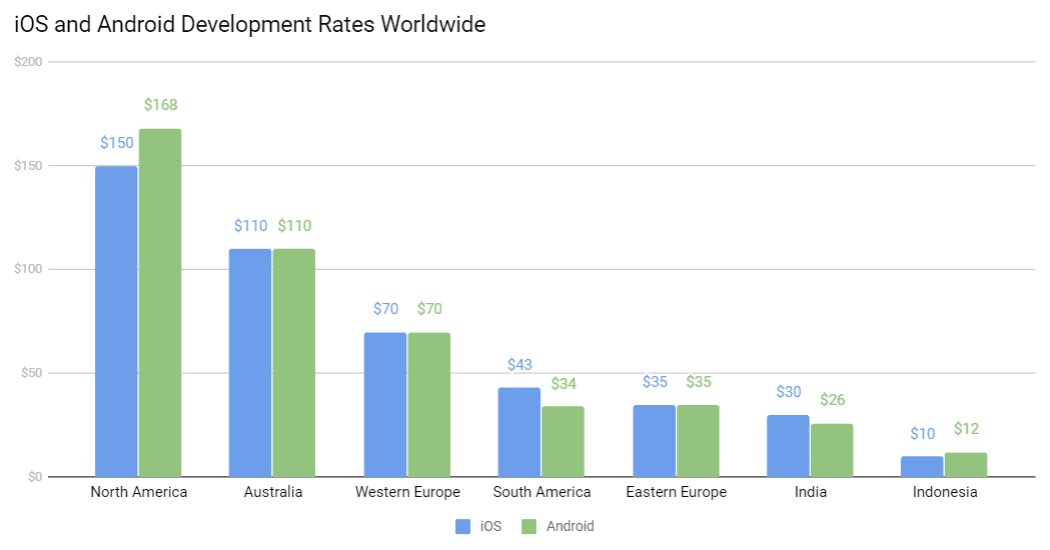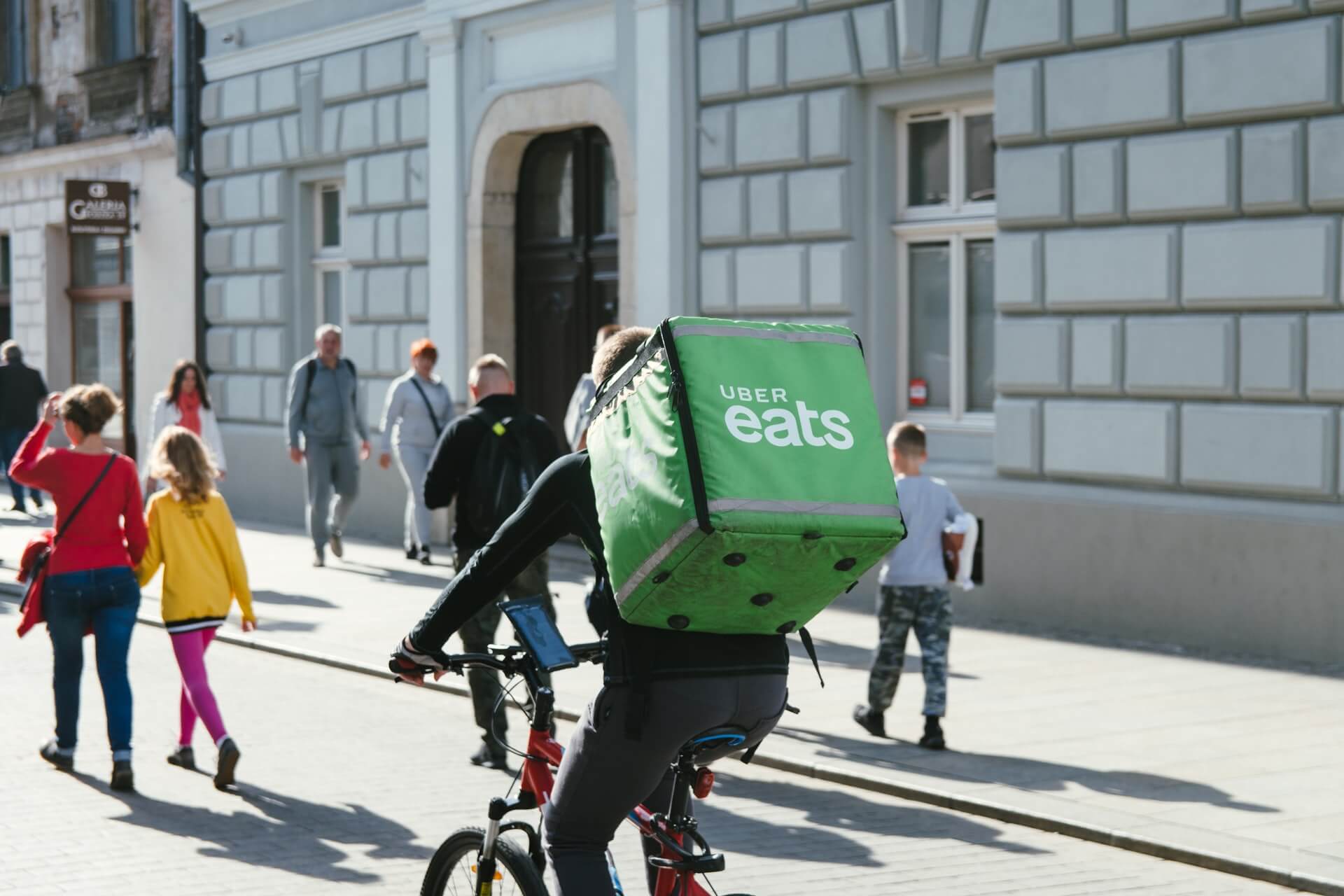We all love the delicious pies made by our grandmothers. With COVID-19, however, many people have lost not only the opportunity to eat out but also the ability to fill the fridge with necessities without fear, especially if it’s someone with a high risk for coronavirus.
But what do you do if you are the owner of a restaurant or a convenience store? How can you help people to sustain the more or less ordinary way of life, and, of course, protect your business from going bankrupt? That’s what we’ll focus on in this article.
The online food delivery industry is one of the fastest-growing in the world today. Every fifth American regularly ordered food via the Internet every week even back in 2016 and this number is skyrocketing now that other options are less available. In a few years, we foresee that online demand will surpass offline. Many people who were forced to use online ordering and deliveries because of the quarantine measures, will get used to it and continue ordering online even once the preventive measures are lifted.
The delivery system is one of the most efficient, relevant, and relatively inexpensive ways to attract new customers and increase sales. To put it simply, instead of waiting for your customers to come to you, you’re coming to where they are. Modern users are more likely to want to save time and prefer to pre-order products to their homes using a mobile app to receive the delivery at a convenient time.
Let’s get started with the way a delivery system works.
Food Delivery Business Models
The most traditional way to order food delivered used to be to call the restaurant, tell them what you want, and then wait for the food to arrive.
Fortunately, digitization brings innovations and technologies do not stand still. Now there are three types of food delivery applications.
Delivery Marketplaces
Aggregator systems are based on the principle of a marketplace: the web platform provides a place where restaurants can upload their menus, specify prices, and where users can compare them and place an order.
The system, therefore, is like a message board for businesses. Sometimes, the platform also acts as a financial intermediary between the user and the restaurant. The delivery is done by the restaurant’s or store’s efforts.
Some examples of such aggregator systems are:
Delivery Providers
New players appeared in the food delivery market in 2013. In addition to the bulletin board, they also provide logistics services to restaurants and help with delivery.
For example, the brands that work worldwide are
The business model at work here is quite straightforward: the client places an order in the app → the order goes to the restaurant → the restaurant prepares food and hands it to the freelance courier → the courier delivers the order to the client.
This type of application is indispensable for food businesses since it allows any restaurant, pizzeria, coffee house, or even your grandmother who has a small business baking the very best pies, to enter the market.
Own Delivery System
Finally, the restaurants can have their delivery system in place. On one hand, it does require a financial and time investment to develop a system like that, but it is one of the most cost-efficient methods. Once you have the system in place, you have your product and you don’t depend on anyone else.
If the phrase “own delivery system” scares you right away because you think it would cost you an arm and a leg, consider using existing templates and solutions that can be customized for your business.
For example, here is how your online showcase might look and there’s an existing admin dashboard available for the management of orders that will come from this page. Customization and integration of such showcase cost around $500 and take a couple of days. What you will have to do is to get yourself a domain name and hosting for this product (and even here, there are options).
Interested? Send us a message.
We’ll get into more detail about this particular method a bit later in the article.
Features & Functionality
What functionality do you need for a food delivery app? That question is important to answer because you need to think about all the players involved in your business process:
- Administrators
- Couriers
- Clients

Depending on the services you would like to offer to your customers, the perfect solution would be different for each business (restaurants, shops, takeout, etc.)
If you are looking for information on how to develop an app for iOS or Android in general, check out this article.
We have developed a white-label product for delivery (send us a message if you’re interested in setting it up for your restaurant or store), so let’s talk about the functionality you need for the food delivery system.
What does the client see?
The first thing that the customer should see is the menu or a list of goods s/he can order from you. Our client-side part of the product is an easily-customizable online showcase, where the user can choose the dishes and order delivery.
HUSPI advice: don’t overload your customer as well as your kitchen management. In time of quarantine, it’s harder to have all the necessary products to serve your entire traditional menu. Therefore, our advice is to limit the number of dishes to the ones that are most popular (you know what they are) because that will be easier for the customer to choose from as well as to make sure that you have all the ingredients.
Another important idea is that the design also should not overwhelm the user. In our white-label product, we made it quite straightforward and simple with the main focus on making the process of getting tasty food simple.
Since the COVID-19 virus is transmitted primarily through droplets, paying cash is not advisable in our current situation, so we have also decided to develop a contactless payment solution that works through messengers such as WhatsApp and Telegram. This limits the number of personal contacts during the ordering process:
- The client doesn’t need to enter common areas (and contact with surfaces)
- The client doesn’t need to use cash or even a credit card
- The client and the restaurant staff don’t come into physical close contact with each other.
How does it work?
The client scans a QR code (that is either sent via email to customers or it’s printed on the establishment’s door, etc.) and gets into the restaurant’s bot menu.
The bot sends a menu of available dishes that looks like this:

The customer chooses what s/he wants, adds everything to the basket, and pays for it through the bot using a Google or Apple Pay card.
What does the administrator see?
The administrator is the one who deals with order and delivery management as well as product availability, financial statistics, etc. When we were working on the admin dashboard, we tried to take all of those details into account. We also made sure the administrator can easily manage the couriers and their tasks by simply drag-n-dropping the orders to couriers.
What does the courier see?
Since the delivery people are also very important in this whole grand scheme of things, we have developed an application for them as well. Once the order is assembled and ready to be delivered, the courier gets a notification with all the details about the order. S/he picks up the food and takes it to the hungry customer.
Food Delivery App Development Timeline
Another critical thing to consider is the timeline of the development. There’s no limit to perfection, but when you have been losing money during the month of the quarantine, we understand that you would like a solution that can be implemented fast.
There are several timelines to choose from:
- The custom system development would take anywhere from 3 months to a year.
- Signing up with UberEATS or a similar service – around a week.
- Customizing a solution like HUSPI has developed:
- Starting from 3 days: implementing and integrating the admin dashboard. The complexity depends on the existing IT infrastructure of the company.
- Starting from 2 days: web showcase is simple and straightforward, so you need to take good quality pictures of your dishes and if that’s available, it’s mostly input of your menu.
- Starting from 4 days per platform: the mobile apps for the couriers need the most work to integrate with the platform.
In the next segment, we’ll talk about the possible payment structures.
Food Delivery App Pricing Structure
The main question businesses always ask is: “How much does this thing cost?”
When you develop an application – whether it’s a delivery app, an online store, or something else – you are developing a lot of smaller parts, which are then combined to produce the desired product. The overall development price depends on these small parts and features you’d like the system to have. Let me explain.
An app isn’t usually developed by a single person, it involves a team. For example, a standard development team at HUSPI might include a designer, Android/iOS developer, backend and frontend developers, project manager, and QA engineer. While the precise team composition might differ from project to project (some do need mobile developers, some do not, and some don’t require a frontend developer), usually at least 3 to 4 people are involved in the process.
There are three payment structures:
- Fixed Price (i.e. there is an overall project cost, but usually it’s feasible only for small projects because otherwise, it would not allow any further adaptation of the product to the market needs without additional payments)
- Time & Material (i.e. when you pay per hour)
- Dedicated Team (i.e. when you hire one or several developers to work on your project, but all the administrative processes and the management is done by the outsourcing company.)
At HUSPI, we practice all three, depending on the requirements of the project.
The prices also depend greatly on the geographical location of your provider. For example,
- North America (USA + Canada) is among the most expensive countries. The prices start at around $150 – $200 per hour.
- Developers from Australia and the UK are slightly cheaper with an average starting point of $100 – $150 per hour.
- Eastern European countries (including Belarus, Ukraine, and Russia) charge around $20 – $80 per hour.
- Developers from Indonesia and several Asian countries are among the cheapest with rates between $10 – $50 per hour.
Here’s a visual comparative table of average prices:

Choosing the location of your development team is, of course, up to you. However, remember that these numbers don’t always correspond to the quality of work. You can get a cheap estimate, but end up with the wrong application. (The same works for very expensive companies as well – they might charge you a lot and still not transform your dream into a real digital product.)
Our advice is always to check the company’s portfolio and talk to its representatives to get a feel of what the company is like.
Need a food delivery system for your business?
Delivery services are here to stay and will be growing in demand and popularity. Since developing such an app from scratch is not cheap, our advice is to start with the MVP and then, based on the wishes of customers and employees, add more features. Also, you can take advantage of the platform we have developed that will help you stay afloat in the business world during the quarantine.
If you’re interested, send us a message, and let’s discuss details of how we might be mutually beneficial.
Wondering about time-to-value?
Request a no-obligation discovery call and receive a preliminary estimate tailored to your KPIs.


